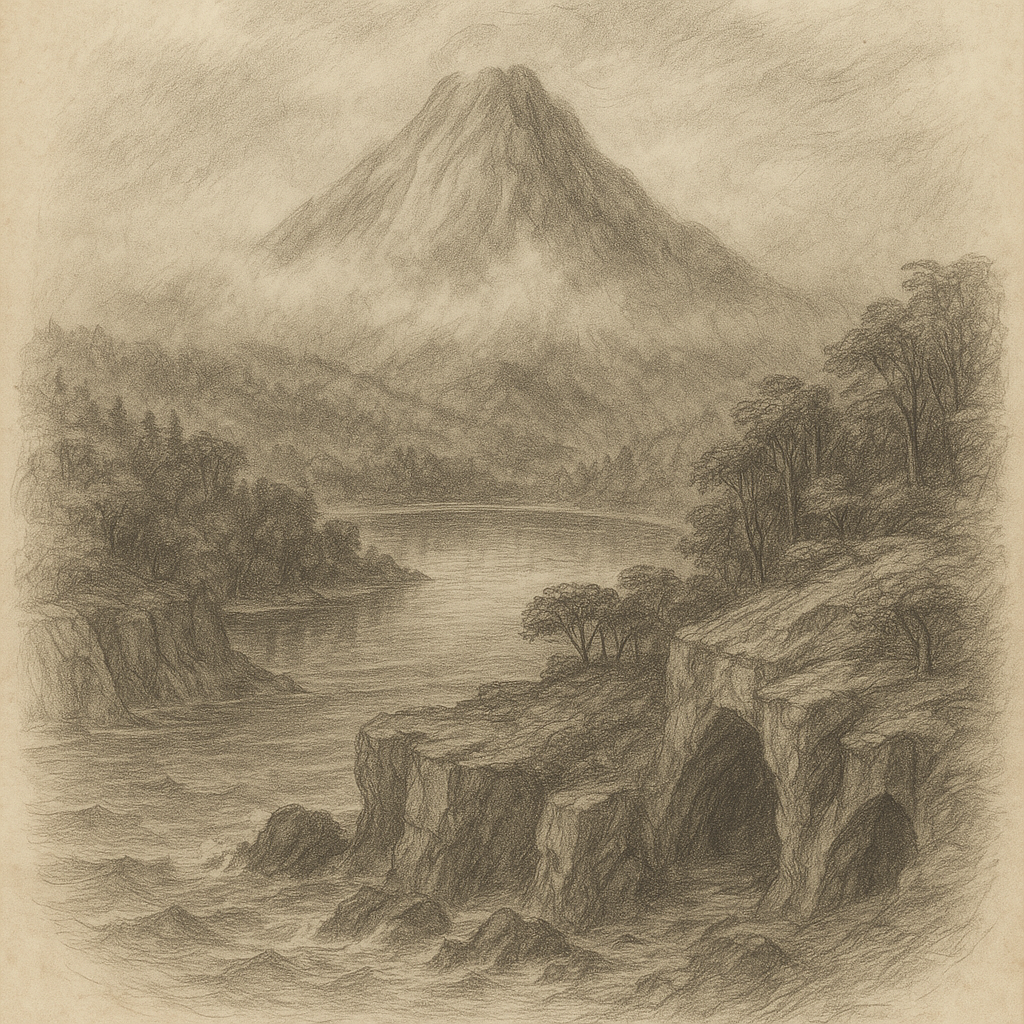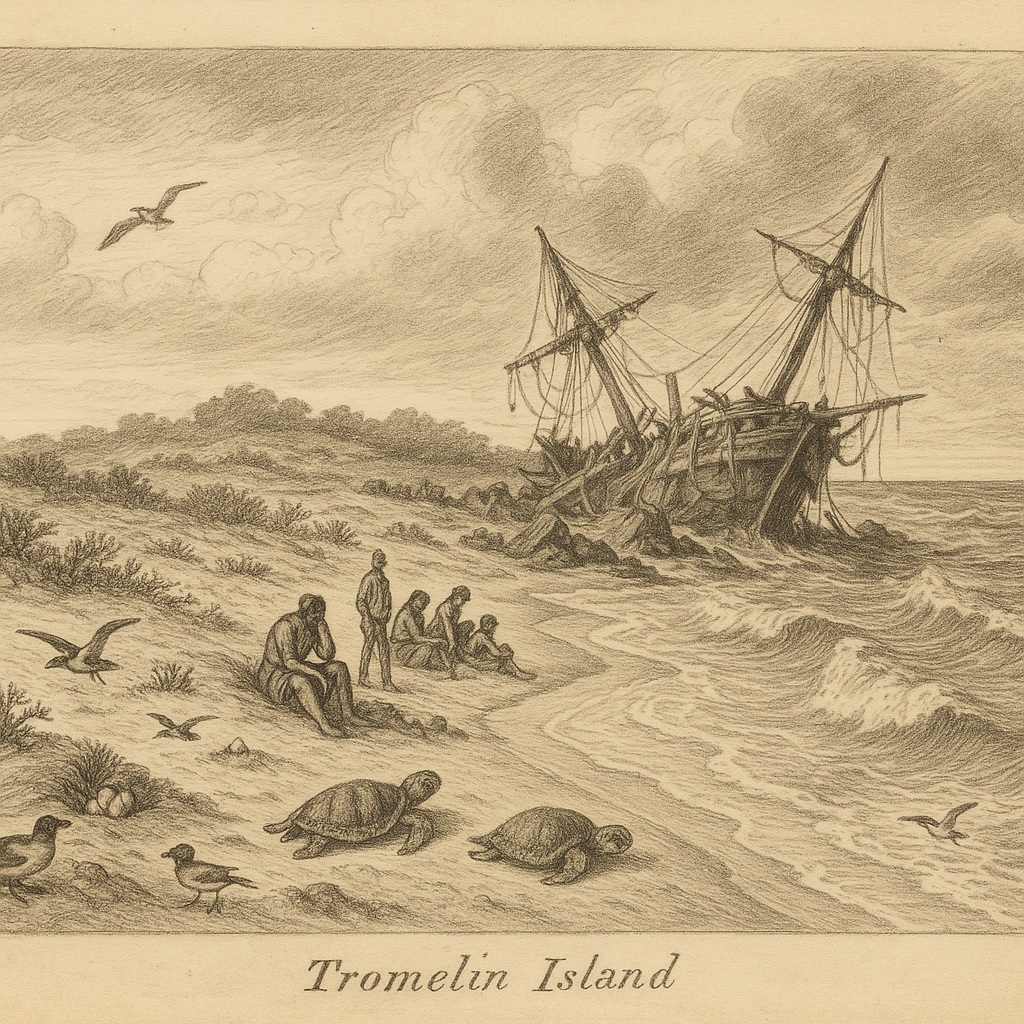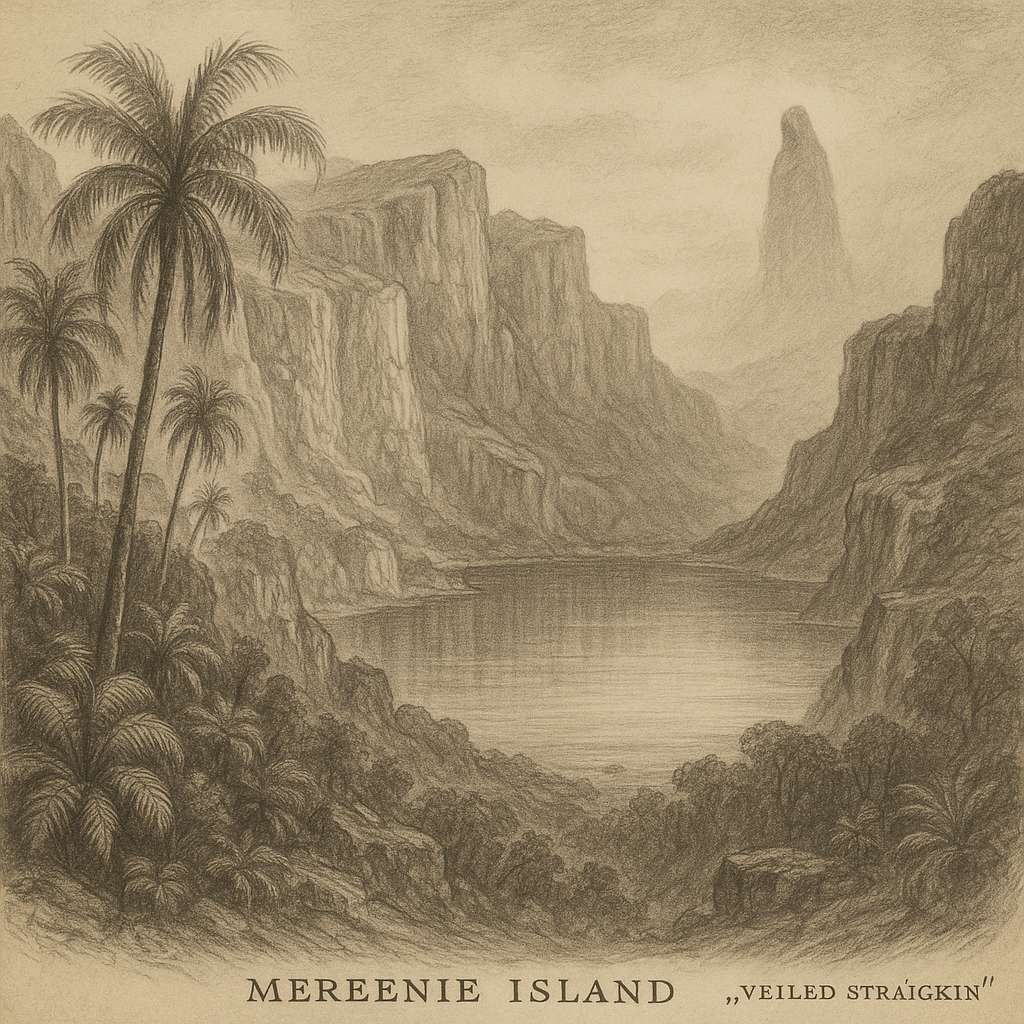Motu Nui: The Remote Islet of Cultural Richness and Natural Mystery
Motu Nui is a small, uninhabited islet situated just off the southwestern tip of Easter Island, known locally as Rapa Nui, in the southeastern Pacific Ocean. Although tiny in size, Motu Nui holds profound significance in the cultural and spiritual history of the Rapa Nui people. Despite its isolation and rugged environment, this volcanic islet continues to captivate archaeologists, travelers, and myth enthusiasts alike.
Geographic Location and Physical Features
Motu Nui lies about 1.6 kilometers off the coast of Rapa Nui, forming part of a trio of small islets alongside Motu Iti and Motu Kao Kao. These islets emerge dramatically from the Pacific, shaped by ancient volcanic activity. Motu Nui, the largest of the three, measures approximately 3.9 hectares and consists mainly of rough basalt rock and steep cliffs that plunge into deep oceanic waters.
The islet sits atop the submarine slopes of an extinct volcanic system, part of the same geological formation that gave rise to Easter Island. Though the terrain is barren and lacks substantial vegetation, its steep cliffs provide a vital nesting ground for seabirds such as the sooty tern and the brown noddy. The rough sea surrounding Motu Nui—often formidable with powerful waves and unpredictable currents—adds to its aura of inaccessibility and isolation.
Cultural and Historical Significance
Beyond its geological features, Motu Nui played a central role in the ceremonial life of the Rapa Nui people. It was the focal point of the Tangata Manu, or Birdman, cult that emerged in the late 17th century after the decline of the moai carving era. This annual competition, held during the austral spring, was centered on the sacred cliff-top village of Orongo, which overlooks Motu Nui.
During the ritual, champions representing various clans would descend the sea cliffs of Orongo, swim through shark-infested waters using reed floats called pora, and attempt to reach Motu Nui. There, they would wait for the arrival of the first manutara (sooty tern) egg of the season. The competitor who returned with an intact egg would be declared the Tangata Manu for the year. His sponsor—usually a village chief—would gain significant spiritual status and political influence. This ritual underscored the fusion of spirituality, leadership, and nature in Rapa Nui culture.
Natural Environment and Wildlife
Although devoid of permanent human inhabitants, Motu Nui and its neighboring islets form a critical part of the fragile marine and avian ecosystem of Rapa Nui. The surrounding waters are part of the Rapa Nui Marine Protected Area, established in 2018, which ranks among the largest marine conservation zones in the world.
The islet serves as a crucial nesting habitat for a variety of seabirds, many of which are rare or unique to this region. Species such as the great frigatebird, red-tailed tropicbird, and wedge-tailed shearwater are known to frequent the islet. Furthermore, the surrounding ocean is a biodiversity hotspot, populated by migratory whales, sea turtles, and vibrant coral reefs.
Human access to Motu Nui is highly restricted to preserve the delicate wildlife and to respect its cultural sanctity. As a result, the islet remains largely untouched, offering a window into an ecosystem that has remained mostly undisturbed for centuries.
Interesting Facts and Curiosities
– Despite its small size, Motu Nui was once considered the spiritual center of Rapa Nui following the decline of the moai-building civilization.
– The Birdman competition, held at Orongo and Motu Nui, is one of the best-documented examples of a ritualistic leadership contest in Polynesian culture.
– The sooty tern egg, central to the Birdman cult, was considered a sacred symbol and a divine gift from the gods.
– Archaeologists have discovered petroglyphs and stone structures on Motu Nui, believed to be temporary shelters used by Birdman candidates awaiting the precious egg.
– Charles Darwin referenced the unique wildlife of the Rapa Nui region in his journals, although he never visited Motu Nui.
– Today, the islet is visible from the ceremonial village of Orongo and is often included in educational tours focusing on Polynesian archaeology and folklore.
Legends and Mythology Surrounding Motu Nui
Motu Nui is deeply embedded in the mythology of the Rapa Nui people. According to oral tradition, the islet was home to spirits and supernatural beings who influenced both the ocean and the sky. One of the most enduring legends involves the creation of the Birdman cult. It is said that the god Make-Make appeared to the inhabitants in visions, instructing them to abandon the waning tradition of moai construction and instead seek spiritual connection through the annual competition centered on Motu Nui.
Other legends speak of the souls of the deceased flying from the island to Motu Nui before their final journey into the afterlife. Because of these spiritual beliefs, Motu Nui was not only a site for physical trials, but also regarded as a potent spiritual gateway.
Furthermore, it is said that during particularly stormy nights, warriors’ chants and the cries of ancient seabirds can still be heard echoing across the cliffs between Orongo and the islet. The Rapa Nui people hold these stories in great reverence, and they contribute to the islet’s aura of mystery and sacredness.
Preservation and Modern Significance
Today, Motu Nui forms part of the Rapa Nui National Park, a UNESCO World Heritage Site. Efforts are ongoing to conserve both the ecological and cultural legacy of the islet. Given its fragile ecosystem and its spiritual importance, access remains restricted to researchers and park officials.
Rapa Nui’s contemporary community continues to commemorate Motu Nui in festivals, songs, and oral traditions. While physically inaccessible to most, the islet occupies a powerful place in the collective memory and identity of the Rapa Nui people.
In conclusion, Motu Nui is much more than a craggy rock in the sea. Its waves have witnessed feats of endurance, sacred rituals, and the whispers of gods and ancestors. Whether viewed from afar or studied through the lens of history and legend, Motu Nui remains a testament to the enduring relationship between people, place, and the divine in the vast Pacific Ocean.


